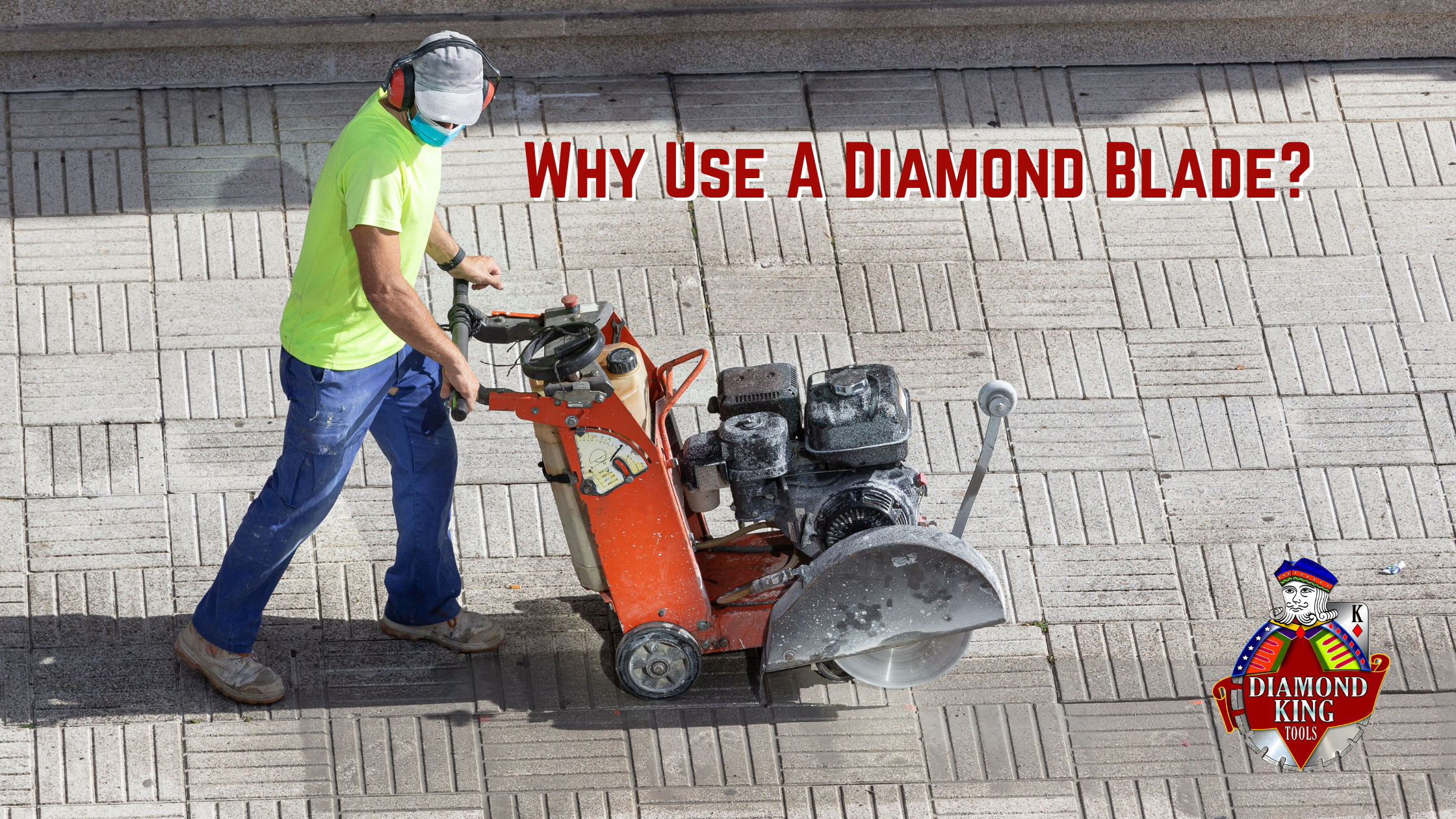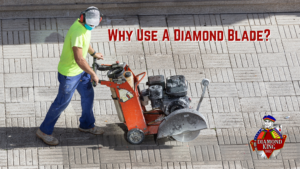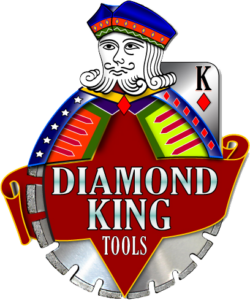Diamond blades are essential cutting tools for contractors and construction professionals, widely recognized for their ability to cut through hard materials with precision and speed. But what exactly makes a diamond blade special, and what is it used for? Let’s explore why diamond blades are a top choice in the construction industry, how they work, and the different applications they’re best suited for.
What Is a Diamond Blade?
A diamond blade is a circular saw blade that has been engineered with diamond segments attached to its edge. These diamonds—often synthetic and highly durable—enhance the blade’s cutting ability, allowing it to tackle tough surfaces. Unlike traditional saw blades, diamond blades don’t “cut” in the traditional sense; instead, they grind through materials with the abrasive quality of diamonds.
Why Use a Diamond Blade?
Diamond blades are the go-to choice when working with dense, tough materials that would otherwise wear down traditional blades. Their benefits include:
- Longer Lifespan: Diamond blades last longer than typical blades, reducing the need for frequent replacements.
- Efficient Cutting: Their grinding action reduces friction, creating clean cuts with less dust and debris.
- Versatile Applications: From construction projects to specialized tasks, diamond blades handle a wide range of materials.
What Materials Can Diamond Blades Cut?
If you’re wondering what diamond blades are good for, here’s a quick rundown of the most common materials they’re designed to cut:
- Concrete
Diamond blades make light work of cutting through concrete, whether it’s reinforced, pre-cast, or even heavily cured. With options for dry and wet cutting, diamond blades are widely used for jobs involving sidewalks, foundations, and concrete slabs. - Asphalt
Known for being softer and more abrasive than concrete, asphalt requires specialized blades to avoid overheating. Diamond blades for asphalt often have deeper segments, enhancing cooling and helping the blade stay sharp longer. - Stone and Masonry
Marble, granite, limestone, and other masonry materials can be challenging for ordinary saws, but diamond blades grind through them with ease. They’re commonly used in landscaping, construction, and countertop installations. - Tile and Porcelain
For tiling jobs, diamond blades offer the clean precision necessary to cut tiles without cracking or chipping. They’re ideal for ceramic, porcelain, and glass tiles, making them popular in kitchen and bathroom renovations. - Brick and Block
Cutting through bricks or concrete blocks can be tough, but diamond blades make it possible to get consistent results with fewer passes. This application is crucial for masonry projects and building construction.
Types of Diamond Blades
There are different types of diamond blades, each designed to handle specific materials and cutting conditions:
- Segmented Blades
These blades have visible notches that allow for better airflow and cooling, making them perfect for dry cutting on materials like concrete and brick. - Continuous Rim Blades
With no visible segments, these blades offer a smoother cut, making them ideal for tiles and other delicate materials that require a more precise finish. - Turbo Blades
Turbo blades have small serrations that increase cutting speed. They’re a versatile choice, balancing speed and precision for both wet and dry applications.
How to Choose the Right Diamond Blade for Your Job
When selecting a diamond blade, consider the material you’re cutting, the cutting speed you need, and whether you’ll be cutting dry or wet. A segmented blade is best for rough cuts on hard materials, while a continuous rim blade is better for delicate jobs requiring high precision. Turbo blades are a good all-around choice if you’re working with multiple materials.

FAQs About Diamond Blades
How Long Does a Diamond Blade Last?
The lifespan of a diamond blade varies based on usage, material type, and frequency. Generally, they last longer than traditional saw blades, offering great value for heavy-duty applications.
Can Diamond Blades Be Used for Wood?
Diamond blades are not ideal for wood cutting. Their abrasive quality can create too much friction on softer materials, leading to excessive wear on the blade and an increased risk of overheating.
Are Diamond Blades Expensive?
While diamond blades may have a higher upfront cost, their durability and efficiency provide long-term savings, especially in high-demand construction projects.
Do I Need to Use Water with a Diamond Blade?
Many diamond blades are designed for both wet and dry cutting. Water can help cool the blade and minimize dust when working with tougher materials like concrete or stone.
Conclusion
Diamond blades are invaluable in construction for cutting through hard materials such as concrete, stone, asphalt, and tile. With various types suited to different tasks, they are a versatile, durable, and efficient choice for anyone needing precise cuts in challenging materials. Whether you’re a professional contractor or a DIY enthusiast, a diamond blade can significantly enhance the quality and speed of your project.
Looking for high-quality diamond blades? Explore our selection at Diamond King Tools to find the right blade for your next job!



